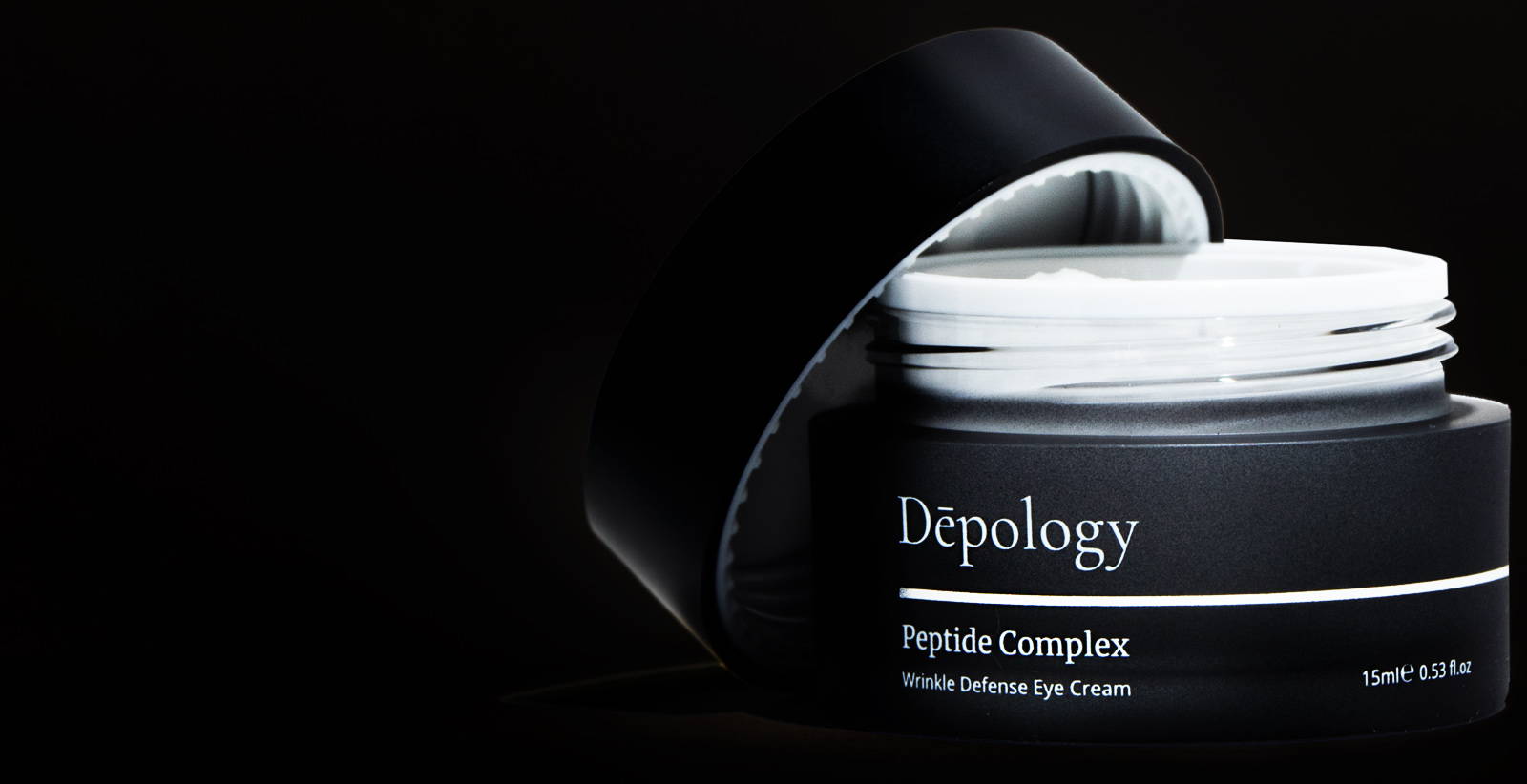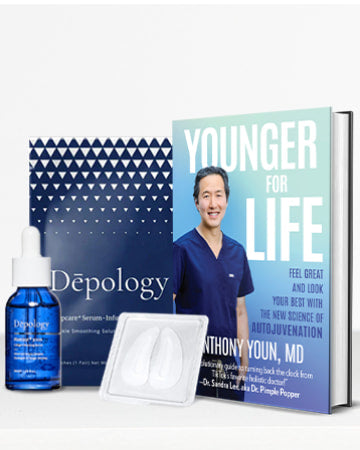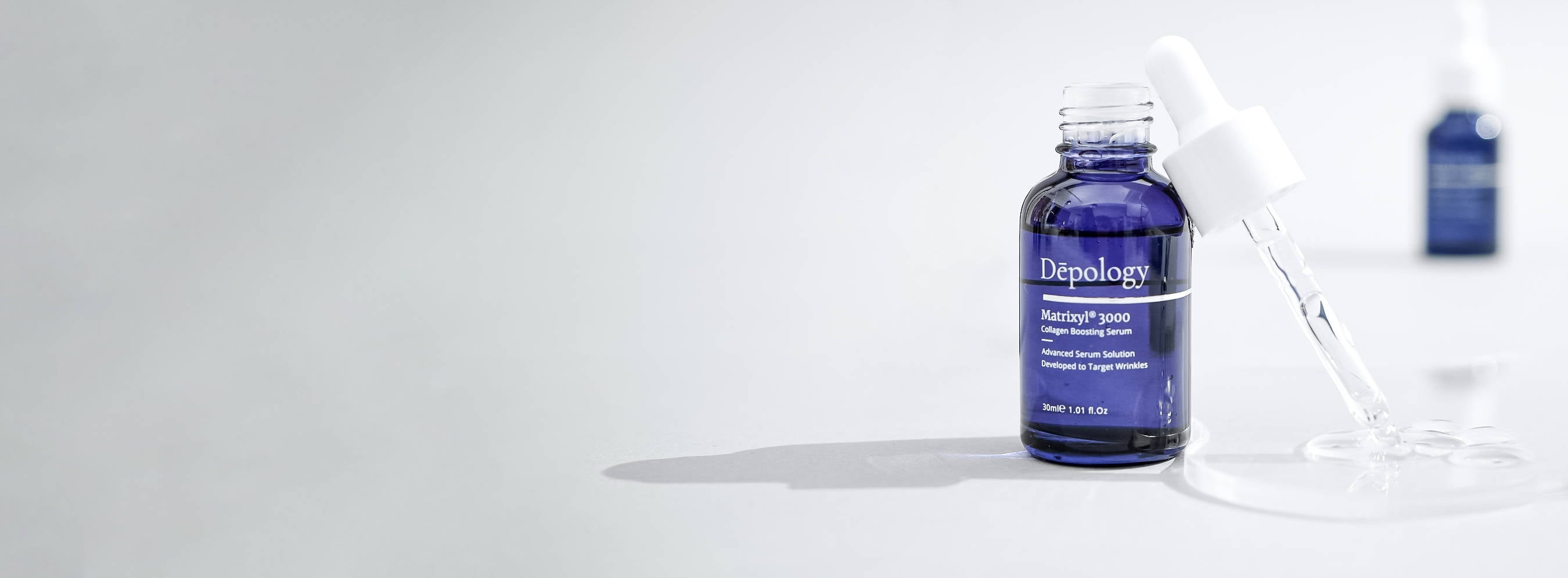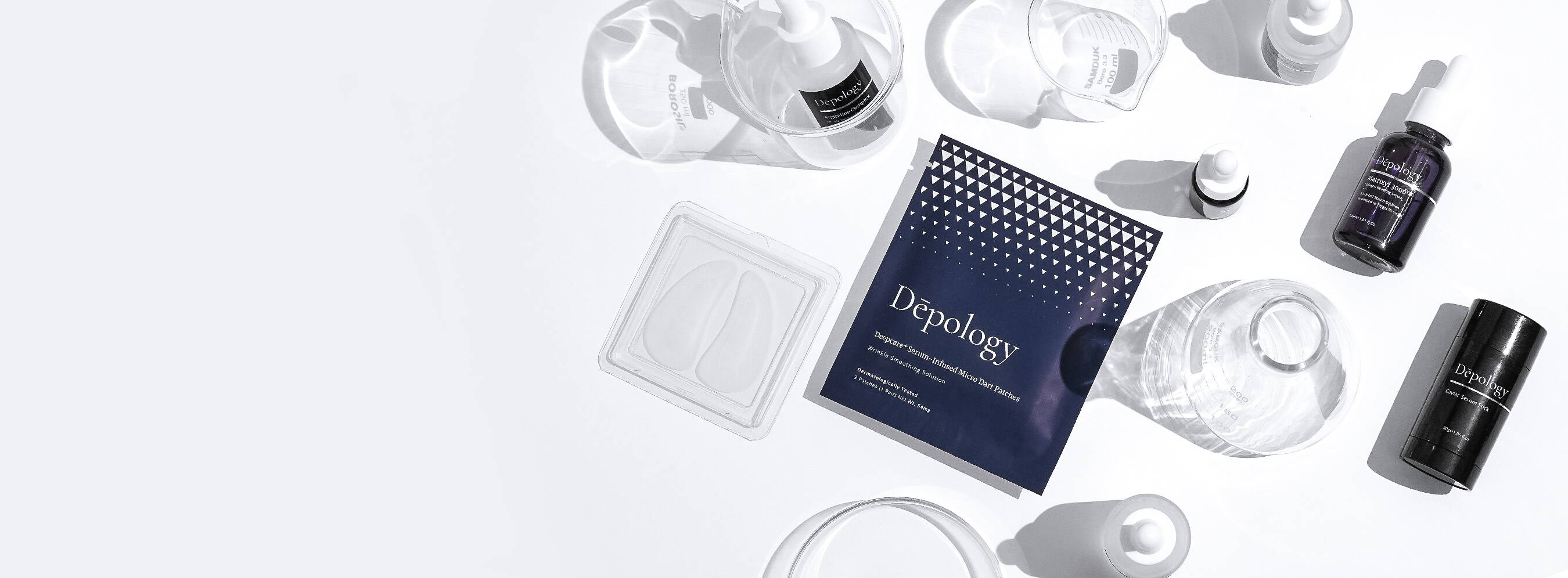Yes, vitamin E is good for your skin. It is an antioxidant that helps protect your skin from damage caused by free radicals. Free radicals are unstable molecules that can damage cells, leading to premature aging, wrinkles, and other skin problems. Vitamin E can help to neutralize free radicals and prevent them from damaging your skin.
One of the skincare fundamentals is the positive effects antioxidants have on our skin. From increasing collagen production to adding plumpness and softness to texture, the benefits seem endless when it comes to these powerful molecules. In recent years, Vitamin E has been added to the discussion of whether it’s worth adding to facial skincare routines. If you have skin conditions, such as being more prone to oily or sensitive skin, it’s even more effort to incorporate new ingredients into your regimen. So, is Vitamin E worth all the hype?

Is Vitamin E Good For the Skin?
Should You Use Vitamin E On Your Face?
Absolutely! Vitamin E is a nutrient that your body needs to support your immune system and encourage the skin cells to regenerate. Vitamin E’s primary responsibilities consist of maintaining overall skin health and appearance, allowing for a radiant, youthful aesthetic.
Vitamin E is a molecule that is typically provided to the skin through the sebum, or the natural oils the skin produces. Some people produce more sebum than others and they may be more prone to oilier-looking skin. Containing the ability to absorb energy from ultraviolet (UV) light, Vitamin E can play a vital role in photoprotection, which prevents further UV-induced free radical damage to the skin’s protective barrier.
The most common form of Vitamin E that naturally occurs in the body is known as tocopherols. These are a group of fat-soluble compounds that are found in every cell of the body. They ensure the nerves and muscles function properly as well as prevent blood clots and boost the immune system to fight off unwanted germs and bacteria. If you notice tocopherol on your skincare label as an active ingredient, you’ll know it’s worth the investment.
Generally, in humans, Vitamin E levels are higher in the epidermis (the outermost layer of the skin) than in the dermis. Vitamin E accumulates first in the skin’s sebaceous glands before it is delivered to the skin’s surface through naturally-produced sebum.
As the body ages, concentrations of Vitamin E in the epidermis decline. This is why it is important to provide Vitamin E to your skincare routine to ensure that the body isn’t missing out on its many benefits.
Benefits of Vitamin E For the Skin?
Though Vitamin E’s primary role has been to prevent damage induced by free radicals, it also works to increase the photoprotection of the skin. There continues to be limited research on its anti-inflammatory properties, but applying Vitamin E after UV exposure may be a faster way to heal the skin. It has been known to reduce swelling, thickness, and edema in some users.
A few other benefits Vitamin E has been commonly used for includes:
- Hyperpigmentation (best when used with Vitamin C)
- Aging and wrinkle prevention
- Acne scarring
- The appearance of smooth, brighter skin
How To Apply Vitamin E On the Skin?
So, you’ve decided you want to discover all the hype about Vitamin E and skin health, but you don’t know where to start. Thankfully, it’s not difficult at all to begin using Vitamin E, due to it acting as a natural antioxidant. We know how much the skin loves its antioxidant friends.
Topical application of Vitamin E has grown more popular in recent years, available in the form of facial oils, creams, and more. Even with concentrations as low as 0.1% in a formula, it has been shown to increase Vitamin E levels in the skin so the body may reap its benefits. It’s helpful to remember that when applied topically, much of the Vitamin E gets destroyed once it is exposed to UV light. It’s often unstable when used independently and requires the assistance of Vitamin C, showing greater efficacy overall when paired with this antioxidant.
Our new Peptide Complex Wrinkle Defense Eye Cream is a powerhouse introduction to the world of Vitamin E benefits, the nourishing molecule being an active ingredient in the formula. Combined with other essential skincare ingredients such as Argireline™ and heart leaf extract, this versatile cream is specifically formulated for the skin around the eyes and works to stimulate cell growth, minimize the depth and formation of new wrinkles, and relieve dehydrated skin.
- When applying topically, make sure to properly wash and cleanse the face before beginning your routine. Ensure there are no leftover products or make-up remnants on the skin. Follow this with a thorough rinse with lukewarm water, patting the skin dry afterward.
-
The application of pure Vitamin E oil only requires one to two drops to mix with every 10 drops of carrier oil, such as almond, coconut, or jojoba oil. Apply this mixture to the skin with your fingers, rubbing it on the face in small, circular motions.
- Now is the time for patience and relaxation, as you should wait for about 20 minutes before resting your face on a pillow or other surface once you have applied the mixture. You can repeat this treatment one to two times per week, applying about 30 minutes before going to bed.
- It’s recommended to apply Vitamin E topically overnight, as these products work more efficiently while the body is at rest and recharging. Vitamin E oils or thicker creams and moisturizers with the ingredient can be added to your PM routine as an anti-aging treatment. The application of these thicker formulas at night will help them to penetrate further beneath the skin’s surface. As opposed to applying during the AM, this can make it difficult for other products to be added to the skin, such as facial serums and make-up products.
- When using Vitamin E for acne scars, it’s best to not apply this treatment overnight. The consistency of Vitamin E is known to clog the pores, which won’t help treat areas that are prone to acne breakouts.
In case you were curious, you can use Vitamin E as an oral supplement. You should always consult with a medical professional before using it as an oral treatment, especially if you take blood thinners or have a bleeding disorder. Taking these supplements for more than a year can cause Vitamin E to accumulate inside the body, resulting in an excess amount that can reduce the body’s platelet count in the bloodstream.
In general, oral supplementation of Vitamin E may not be as adequate as a topical application. More studies are still being conducted when it comes to oral supplements, as well as their sought-out anti-inflammatory benefits.
Conclusion : peptide complex eye cream
An essential component of the skin’s natural antioxidant defenses, Vitamin E is primarily used to protect against UV radiation, as well as multiple free radicals that pose a threat to the skin’s protective barrier. Be sure to look for products with Vitamin E as an active ingredient when searching for formulas to include in your routine. These products may also list tocotrienol or alpha-tocopherol as active ingredients.
Further research still needs to be conducted in regards to its benefits when used for acne scars and anti-inflammatory properties, but there is no doubt incorporating Vitamin E into any routine will leave your skin with a youthful glow over time.













